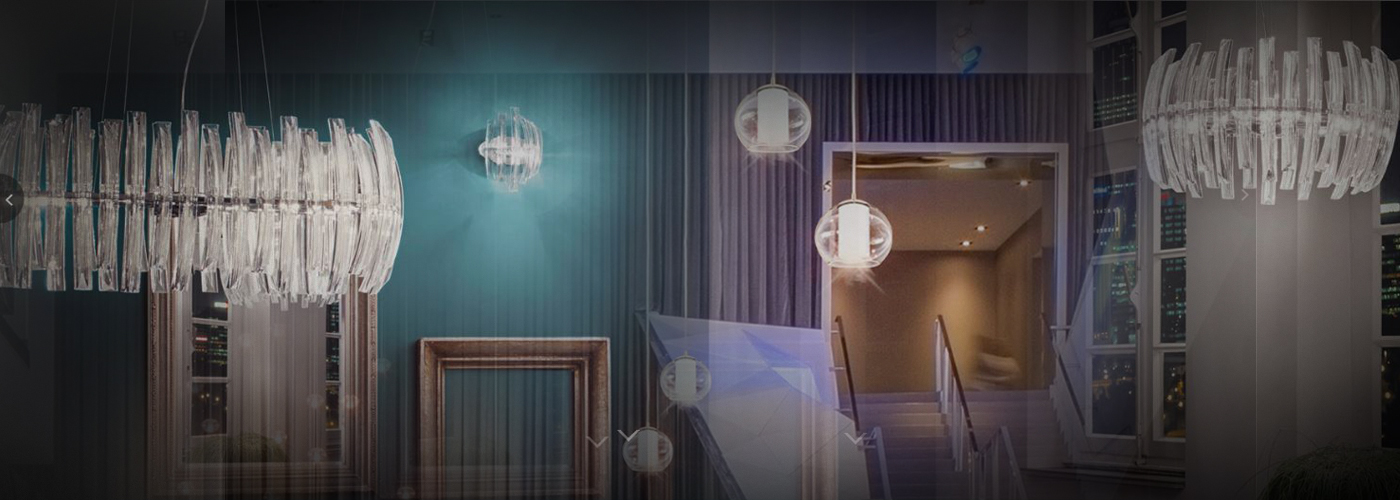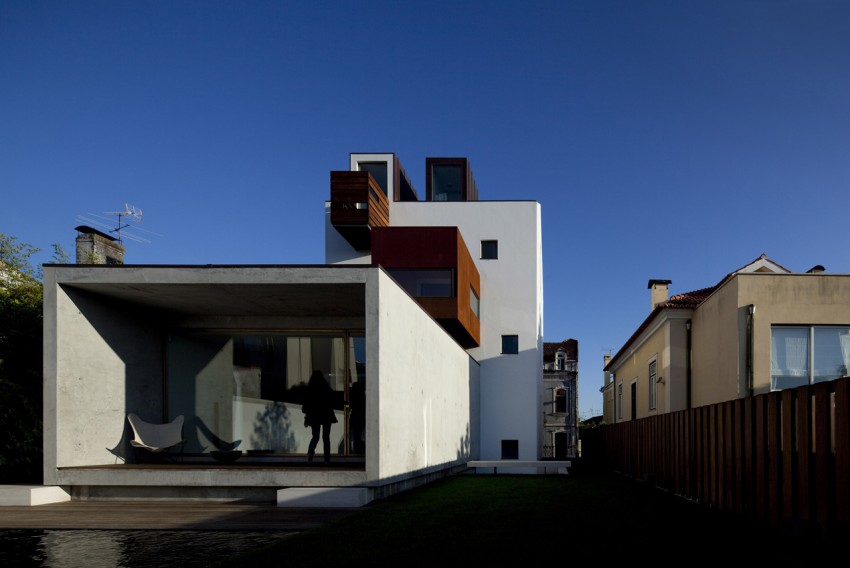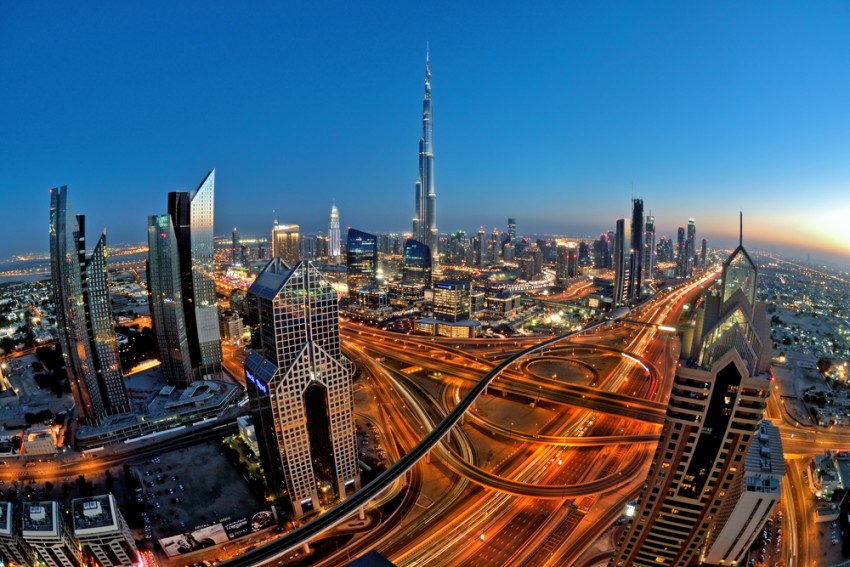ETFE: The Rise of Architecture's Favorite Polymer
Until recently, the architecture world largely viewed plastic polymers as inferior building materials, handy for wipe-clean kitchen surfaces, but not practical in full-scale building applications. But with technological innovations driving material capabilities forward, polymers are now being taken seriously as a legitimate part of the architect’s pallet. One of the most widely-used of these materials is a fluorine-based plastic known as ETFE (Ethylene tetrafluoroethylene). Brought into the public consciousness thanks to its use on the facade of PTW Architects' Water Cube for the 2008 Beijing Olympics, architects are now realizing the film’s capabilities to express a new aesthetic and replace costlier transparent and translucent materials. ETFE was originally developed in the 1970s by DuPont as a lightweight, heat resistant film to serve as a coating for the aerospace industry. Since that time, the film has been used sporadically in various agricultural and architectural projects, such as coverings for greenhouses and protection for solar cells. Then, in 2001, the material saw its first large-scale application as the encapsulating membrane of the Eden Project in Cornwall, UK, a natural evolution of Buckminster Fuller’s Biosphere concept. The consultant engineering firm for the project, Arup, selected ETFE because of its ability to reliably regulate environmental conditions within the building through UV transparency - the film can be printed with specific patterns and layered to control solar conditions - which was essential to a structure whose function is to house climate-specific flora. Additionally, the architects noticed ETFE’s low friction coefficient that prevents dust or dirt from sticking to its surface, reducing maintenance requirements.
ETFE was originally developed in the 1970s by DuPont as a lightweight, heat resistant film to serve as a coating for the aerospace industry. Since that time, the film has been used sporadically in various agricultural and architectural projects, such as coverings for greenhouses and protection for solar cells. Then, in 2001, the material saw its first large-scale application as the encapsulating membrane of the Eden Project in Cornwall, UK, a natural evolution of Buckminster Fuller’s Biosphere concept. The consultant engineering firm for the project, Arup, selected ETFE because of its ability to reliably regulate environmental conditions within the building through UV transparency - the film can be printed with specific patterns and layered to control solar conditions - which was essential to a structure whose function is to house climate-specific flora. Additionally, the architects noticed ETFE’s low friction coefficient that prevents dust or dirt from sticking to its surface, reducing maintenance requirements.

Seeing the material’s success as a large surface membrane, Arup proposed ETFE in subsequent projects for the Allianz Stadium with Herzog & de Meuron (2005) and the aforementioned Watercube National Swimming Centre, in the latter project selecting the film not only for its aesthetic and functionality as cladding, but also for its acoustic qualities. In these applications, layers of ETFE are continually filled with air from a pneumatic system to create pillow-like cushions that provide thermal insulation and structural stability against wind or snow loads. In both arenas, individual cushions can be lit with color-changing LEDs to create unique patterns, allowing the building facade to reflect whatever event is taking place inside.


In the past few years, ETFE has blown up in the realm of stadium design, currently being featured in Foster + Partners’ SSE Hydro Arena, 360 Architecture’s New Atlanta Stadium, ACXT’s San Mames Stadium, and thesoon-to-open U.S. Bank Stadium in Minneapolis, whose retractable ETFE roof is the largest installation of the material in the United States. But ETFE is also seeing a surge in non-sports architecture, most notably in SelgasCano’s design for the 2015 Serpentine Gallery Pavilion. Rather than using ETFE cushions, the architects wrapped 19 different colors of the film around a minimal steel frame to evoke a kaleidoscopic effect. In another example, KieranTimberlake Architects design for the U.S. Embassy in London included ETFE fins which would help shade the building's exterior on its east, west and south sides while admitting daylight and increasing visibility for birds.

Unlike potentially health-threatening plastics such as PVC, ETFE is both easily recyclable and long-lasting, holding up to extreme climatic conditions. It is cost-effective to produce, and has a low-energy manufacturing and transportation process, thanks in large part to its light weight. Due to its elasticity,ETFE performs well during natural disasters such as earthquakes, and is self-extinguishing in case of fire.

Plastic polymers seem to have finally become accepted as practical and successful building materials, andETFE has already been utilized to great effect in a number of architectural projects. Now it’s up to architects to continue to discover new ways of using the material.

Others:

Shine the light where you need it

Spotlight: Léon Krier



